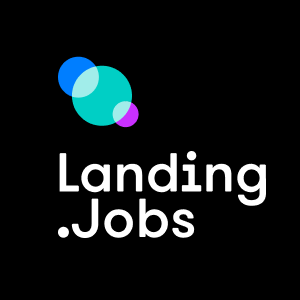It’s not funny, but it’s ironic: the tech recruitment industry has such a chronic shortage of professionals, still, the candidate experience is many times filled with underwhelming episodes, making both parts straight-up losing interest in each other.
A lot of times, it comes down to the speed processes that are (not) resolved.
Candidates we’re in contact with every day tell us that as processes take longer and longer, they start to seem “shady” and “suspicious”; the continuous delay in decision making shows a “lack of respect” for them and end up making them lose their motivation.
This slowness creates a lot of hate and frustration in everyone involved, and how to improve it is our topic for today.
“Gotta go fast” — Sonic the Hedgehog
The slowness of tech recruitment processes shouldn’t come as a surprise for anyone: Glassdoor found that a Software Developer process takes on average 35 days to be closed (in the US); Workable found the time to wrap-up a process in an Information Technology / Design position is 56 days. At Landing.jobs, we use 45 days as a general rule-of-thumb.
The time to close a position depends mainly on a) complexity of evaluating the profile b) criticality of the position. As you know by now, tech profiles are both complex and critical. Hence, the big waiting time.
But now picture this: you walk into a store to buy a product, and you are faced with the information you could only buy it after 45 days, despite your shown interest. In a time of Amazon Prime 2-day shipping, this just doesn’t cut it.
So what should happen instead?
The more time candidates wait for a response, the more they will disengage and lose interest in the process. The best candidates will soon not be available, because of the number of alternatives available to them.
Being dynamic in your recruitment process becomes, in fact, your competitive advantage, your not so secret weapon.
Here are some tips we believe will help advance your processes quicker:
- Have a clear process from the beginning: define what the process steps are and who needs to be involved in every moment. Define concrete decision criteria that can be applied after every interaction and make the process easier on yourself;
- Set deadlines: both recruiters and candidates should have a clear date to communicate a decision, deliver an assignment or decide on a job proposal. Leaving things open leads to lack of decisions, disengagement and will probably result bad for both parts;
- Don’t leave it for tomorrow: send that email response, evaluate that challenge, ping that stakeholder today. It’s easier to let things slip day-by-day, but at the end of a process that will accumulate to weeks of indecision.w
In conclusion
Here’s a simple truth: both recruiters and candidates really love what they do. They’re fired up and passionate in their craft. So all the hurdles in processes are demotivational and prevent everyone to actually do what they are great at.
Our goal with the “Make Tech Recruitment Better” manifesto is to help the industry improving its standards. Together we can do better.
Let’s start by making it faster,
Luís Pereira
Head of Operations @ Landing.jobs
PS: You can check the 2nd, 3rd and 4th Blog Post of this series here, here, and here respectively.






0 Comments